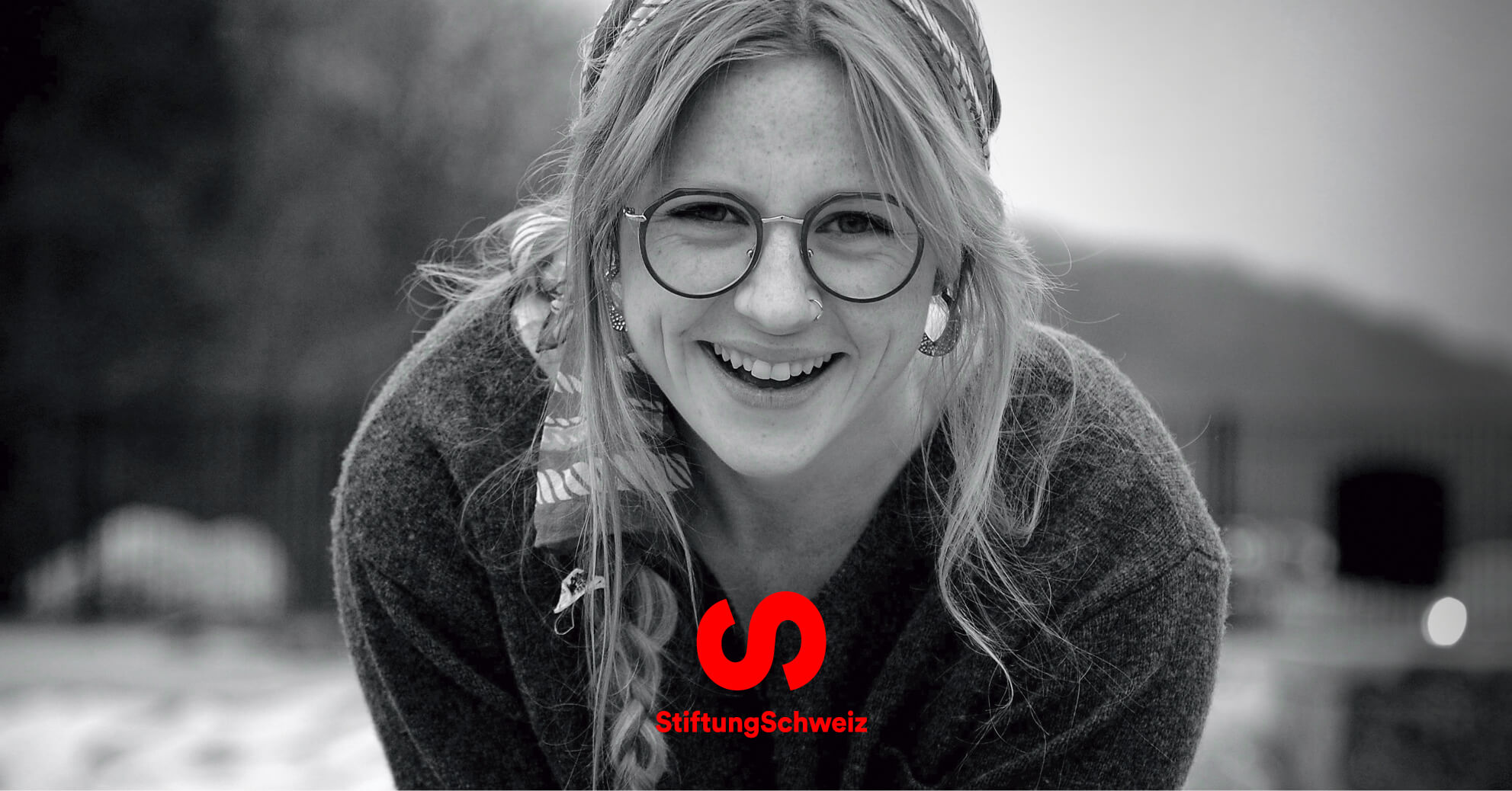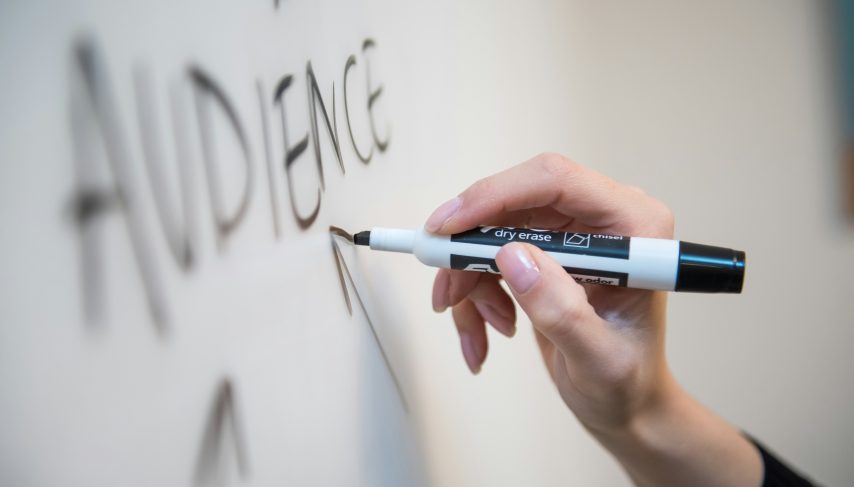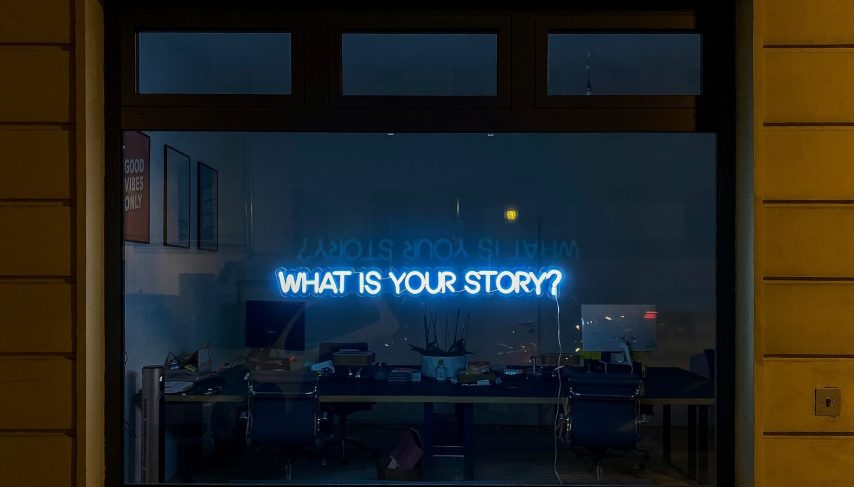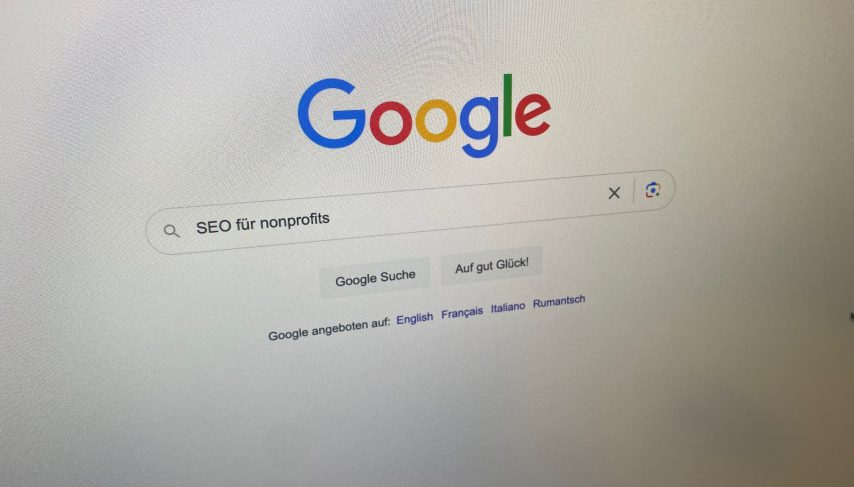
Navigation:
▪ Why doesn’t major donor fundraising work without public fundraising?
▪ What does the work of major donor fundraisers look like?
▪ What strategy does professional major donor fundraising need?
▪ How important door openers and exciting projects are
When do donors count as major donors?
▪ What training does a major donor fundraiser need?
▪ Exchange on major donor fundraising
Major donor fundraising means finding donors who give above average amounts and retaining them. Major donor fundraising is therefore one thing above all: long-term relationship work. And this work already begins before donations are made – at the very bottom of the so-called donor pyramid and in public fundraising: it starts with potential individual donors, builds up with multiple donors and is deepened with regular donors. From this point on, even more consistent support for long-term supporters is essential.
In this article, you will learn why this approach is promising and how organizations strategically proceed to identify major donors and “upgrade” donors.

Definition of major donor fundraising: type of fundraising that aims to acquire above-average donations from individuals, foundations, or corporations. The focus is on long-term relationship building and individual support. The organization decides from which donation amount onwards donors are considered to be major donors.
Why Doesn’t Major Donor Fundraising Work Without Public Fundraising?
80 percent of donors account for 20 percent of donation income, or 20 percent of donors donate 80 percent of total donation income. So why don’t organizations focus directly on major donor fundraising and forgo public fundraising if they generate so much more revenue through major donor fundraising?
This is an obvious consideration, but in practice things are different. The reason: major donor fundraising can hardly be implemented without public fundraising. Exceptions are the cultural and university sectors. “In all other areas, every organization must follow the donor pyramid – that is, sow and then reap,” says Felizitas Dunekamp, managing director of Dunekamp GmbH and lecturer.
What Does the Work of Major Donor Fundraisers Look like?
One of the basic tasks of major donor fundraisers is to analyze the potential of the database. You need to evaluate the donation behavior of existing donors in order to identify and attract potential major donors and cultivate them through appropriate relationship management.
This is also confirmed by Eliane Boss, Major Donor and Estate Planning Officer at the Swiss Association for the Blind and Visually Impaired in Bern. She tries to find donors who know their heart’s project, have already donated to it and would now be willing to donate an extraordinary sum. A look at the donations already made makes this search easier for her.
What Strategy does Professional Major Donor Fundraising Need?
A prerequisite for professionally managed major donor fundraising is institutional readiness. Or, to put it another way, organizations in general, and leadership and strategic boards in particular, must be prepared to engage in major donor fundraising. According to Felizitas Dunekamp, who headed fundraising for the Swiss Cancer League and Cancer Research Switzerland for 14 years and has been self-employed for more than 6 years, this is already the case in many organizations. In addition, the work of major donor fundraisers is already supported by databases in most organizations: “<Customer files> on paper are no longer managed.” She knows that social competence, empathy and sales talent, as well as an image that reflects the organization, are essential for successful major donor fundraisers. Nevertheless, the expert often observes major donor fundraising in practice that begins without strategy or concept and ends unsuccessfully after a short time. “The build-up time is often underestimated, especially the number of contacts until the decisive ASK, i.e. the concrete question for a donation, occurs.”
Eliane Boss also confirms that good planning is crucial. In the implementation, the personal support of the potential major donors as well as the presented projects are particularly important. Because if they don’t match up, there will be no generous donations.
How Important Door Openers and Exciting Projects are for Major Donors
The experts recommend the following strategic approach “thinking from the inside out”:
- Identify existing contacts of the foundation board, board of directors and management.
- Use the database to select small donors who would make a larger donation and/or are already involved in philanthropy.
“Simply writing to the 100 richest Swiss people certainly doesn’t work as well. For the first contact, you need door openers and a project that is as exciting as possible,” adds Felizitas Dunekamp.
Often, major donors are willing to donate the amount they are asked for – you just have to ask them. When Eliane Boss calls major donors, she presents them with specific projects. If they like one, they finance it directly. Otherwise, they regularly donate a fixed amount to their organization. It is important to their major donors that blind and visually impaired people can lead as independent a life as possible. Felizitas Dunekamp also confirms that major donors are increasingly focusing on the project. Her experience has also shown that major donors are increasingly reluctant to be named publicly.
Another strategy that lends itself to major donor fundraising and leads to major donations is the capital campaign (CC). Felizitas Dunekamp is convinced that the use of patronage committees will open new doors. This is because an active patronage committee gives the organization access to people who were not previously in the organization’s inner circle. In addition, the short-term nature of the CC is often a good selling point for major donors. “Once they are convinced of the organization, its content and projects, they will remain loyal to the organization,” Dunekamp explains.
Strategy Checklist: How to Identify and Retain Major Donors
- In-depth analysis of the donors who already support the organization
- Research on the connection to the organization
- Research of the financial means of the person, the regulation of the approach strategy (who communicates, when and how).
- Maintaining the relationship and, of course, requesting financial assistance.
When do Donors Count as Major Donors?
As a major donor fundraiser, Eliane Boss distinguishes between 3 target groups: private individuals, foundations and companies. For her, donor care takes special time and attention, and personal conversations are important to her.
The amount at which a donor is considered a major donor varies from organization to organization. In addition to the size of the organization, the decisive factor is the personnel resources that can be deployed for the major donors. A major donor fundraiser working 50% can handle approximately 100 to 150 contacts. “If you make a cut in the donor pyramid
What are the Criteria for Major Donors
- the loyalty of the donors to the organization
- donation amount: individual donation, annual donation or total donation amount
- a slow upgrade in donation amount and
- development potential depending on donation behavior – for example, a sudden interest that can be shown via ordering guidebooks.
What Training Does a Major Donor Fundraiser Need?
Training as a fundraiser is essential, especially since fundraisers always enter the profession via lateral entry. Additionally, advanced training in major donor fundraising is helpful. And of course, this job also requires empathy and tact in interpersonal dealings.
Exchange on Major Donor Fundraising
The Swiss Association for Fundraiser offers its members specialist groups free of charge, among other things, “Major Donor Fundraising”: https://swissfundraising.org/events-sf/fachgruppen/
Swissfundraising Erfa meetings are also held regularly in various Swiss cities, with the focus here less on training than on exchange: https://swissfundraising.org/events-sf/erfa-treffs/
Thank you! Thanks to Felizitas Dunekamp, Managing Director Dunekamp GmbH and lecturer, and Eliane Boss, responsible for Major Donor and Estate Planning at the Swiss Association for the Blind and Visually Impaired (SBC) for their time and valuable input. The interview with the two experts formed the basis for this blog post.
Book recommendations
- “Großspenden-Fundraising: Wege zu mehr Philanthropie. Grundlagen, Strategien und praktische Umsetzung”, Jan Uekermann, Marita Haibach.
- “Fundraising – Professionelle Mittelbeschaffung für gemeinwohlorientierte Organisationen” Michael Urselmann.
- «Das persönliche Gespräch: Fundraising durch Überzeugung», Andreas Schiemenz
- «Fundraising-Coach: Systematisch und erfolgreich Spenden werben», Kai W. Dörfner












